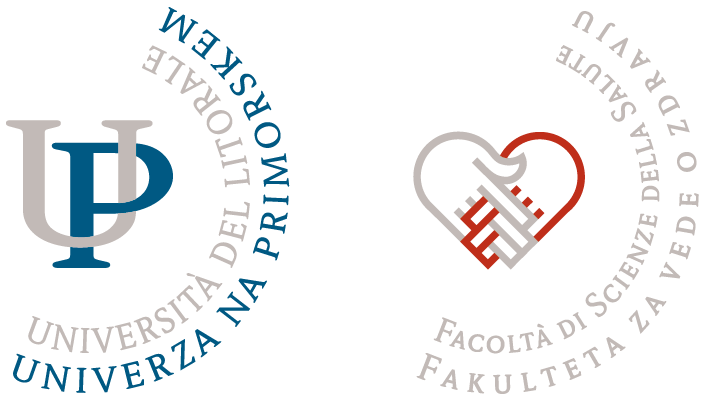Content
- Lectures: 90 hours
- Exercises 90 hours
- Independent work: 90 hours
Subject carrier
Description
BASICS OF NURSING WITH PHILOSOPHY 1. INTRODUCTION TO NURSING: a. The
patient’s environment (definition, purpose, equipment, maintenance) b. Life
activities and assisting the patient in maintaining/performing life activities
(recognition of healthy/pathological patterns or symptoms/signs related to life
activities) c. Patient within the healthcare system (admission, discharge,
transfer and continuity of nursing care) d. The concept of safety (from the
perspective of the patient, environment, staff and work processes) 2. HISTORY OF
NURSING WITH THE DEVELOPMENT OF KNOWLEDGE IN NURSING: a. Characteristics of
individual periods in the development of nursing b. The changing image and role
of the nurse throughout history c. Theories and conceptual models – meaning and
practical application 3. MODERN (CONTEMPORARY) NURSING: a. Conceptual starting
points of modern nursing b. The patient as a subject of nursing c. Nursing
professionalization process d. Elements of modern nursing e. Process method of
work f. Nurse as carrier and provider of nursing care g. Nurse professional
development h. Nursing as an integral part of the health care system
i. Challenges for nursing in the present and future 4. PRACTICAL TRAINING IN
SIMULATION LABORATORIES as preparation for entering the clinical environment –
nursing interventions for adult patients from: a. Personal hygiene b. Movement
c. Urination and stool (faeces) output d. Eating and drinking fluids e. Drug
preparations and applications f. Collection of biological material (urine,
stool, blood, swab) g. Wound management h. Observations of the patient’s
condition / abilities and measurements of vital functions PREVENTION AND
INFECTION CONTROL IN HEALTHCARE 1. INFECTIONS IN HEALTHCARE AND PATIENT SAFETY
a. The importance of infection prevention in health care, the results of
measures in the field of nursing care b. Implementation of standard hygiene
measures for infection control in healthcare, organization of infection
prevention services and the role of nursing 2. HYGIENE TIMELINE – A LEADING
MEASURE IN THE PREVENTION OF INFECTIONS IN HEALTHCARE a. hands as a source of
infections in healthcare b. principles of hand hygiene – 5 steps WHO c. hand
washing – hygienic, surgical, mistakes d. hand disinfection – how, why, when,
mistakes e. the importance of hand skin care f. use of gloves – principles,
errors 3. USE OF STANDARD PROTECTIVE EQUIPMENT a. types, principles of use,
effectiveness 4. HYGIENE MAINTENANCE OF THE PATIENT’S DIRECT SURROUNDINGS IN THE
HOSPITAL ROOM, IN DIAGNOSIS AND TREATMENT a. cleaning and disinfecting the
surroundings b. work with hospital linen 5. REPROCESSING OF MATERIALS AND
ACCESSORIES a. disposal of disposable items b. the process of cleaning and
disinfecting utensils c. cleaning and disinfecting the patient’s surroundings
d. disinfectants, types, effectiveness, preparation e. sterilization
6. PREVENTION OF INJURIES BY SHARP OBJECTS a. measures to prevent incidents
b. measures in case of an incident – injury with a sharp object that is
contaminated with blood or other potential infectious matter 7. MEASURES FOR THE
MAINTENANCE AND CONTROL OF THE CROSSING OF CLEAN AND UNCLEAN ROUTES, OBJECTS,
MATERIALS AND PEOPLE 8. PREPARATION, IMPLEMENTATION AND CONTROL OF ISOLATION
MEASURES, IMPLEMENTATION AND CONTROL OF DECOLONIZATION a. types of insulation
and measures b. preparation of room for isolation c. work in isolation and
protective equipment depending on the mode of transmission d. withdrawal of
control fees 9. MANAGEMENT OF WASTE IN HEALTHCARE a. types of waste in
healthcare b. waste management in accordance with applicable regulations and
legislation 10. HEALTH EDUCATIONAL WORK a. the importance of education and
control in the prevention of infections in health care b. teaching patients and
visitors about behavior and prescribed hygiene measures in the field of
infection prevention and control

